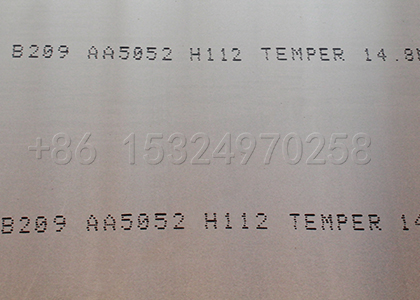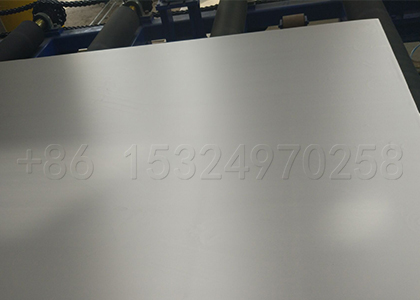Aluminium tempers means different stages of the aluminium sheets during the processing. Through this process, the aluminium sheets can achieve specific mechanical properties. The most common aluminium tempers are O temper, H temper, F temper and T temper. Do you know their differences?
Annealed ( O ) Temper: It is the softest temper among all the tempers. It means that the aluminium has been heated and cooled slowly. And it can relieve internal stress. For your applications, which requires large formability and ductility, the O temper is applicable.
Work-hardened ( H ) Temper: By cold-working, the aluminium sheets strength and hardness will be highly increased. It is H tempers. There are many grades of H tempers. From h12 to h112, the strength is increasing. For example, the h24 temper is harder than h14 temper.
Heat-treated ( T ) Temper: Through the heat-treatment, the aluminium alloy plates will be in a stable temper. And the aluminium plate is not work-hardened or heat-treated. Generally, the 6000 series will be T temper.
Fabricated ( F ) Temper: It is is free temper. Generally, this temper means that the aluminium alloy has been shaped to the final forms.
The difference between the tempers is the combination of heat treatment and mechanical processing. Then the properties of aluminium sheets are different from strength, hardness, formability and so on. Choosing suitable tempers is also important in your aluminium sheet purchasing.



